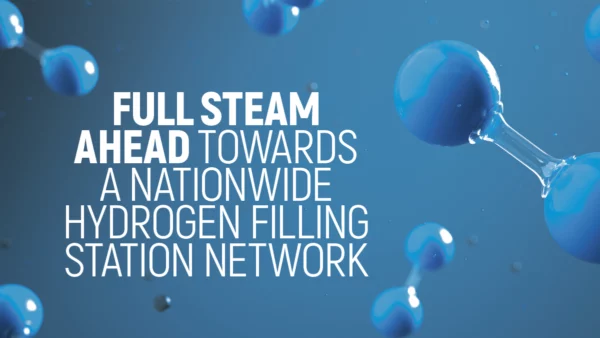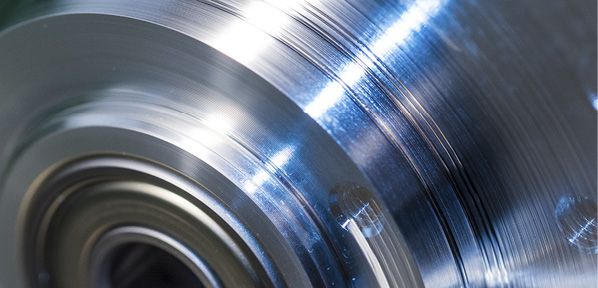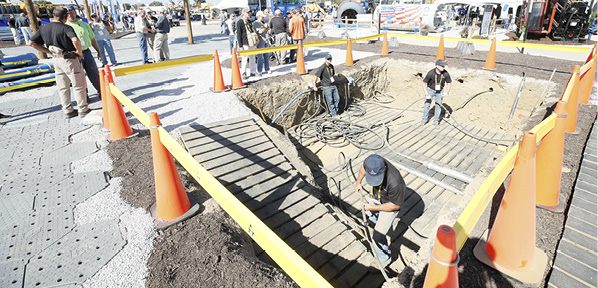Revisions Completed for 4-screw Hydraulic Flange Connections Standards ISO 6162/J518
By Robert Mackey, SAE J518 Standard Champion, ISO 6162 US Lead Expert, MAIN Mfg. Products, Inc., info@mainmfg.com
The importance of these standards was shown when representatives of several countries mentioned that ISO 6162/J518 was used in about 70% of all hydraulic flange applications. SAE J518 was proposed and adopted in the early 1950’s. The design was originally written using fractions of an inch. There were several small modifications (8 revisions) over the next 40 years until 1993. For the next 20 years, no revisions were made. This was because ISO was working on a similar standard and major changes were expected. With the publication of ISO 6162-1 and 6162 and the latest revision of SAE J518, those changes are here.
History of the Standard
Three proposals were made in the 1980’s: a US proposal (ISO 6162), a German proposal (ISO 6164), and a French proposal (ISO 6163). In 1998, work on the French design stopped, the US proposal was published, and the German proposal was published (but is currently going through significant change). The delay was the result of much discussion at the international level over standards on screws, O-ring and groove dimensions, and appropriate design factors for all standards. Round robin testing was done on several design elements and sizes. The revisions of ISO 6162 and SAE J518 published around January 2012 differed significantly from their previous versions. ISO 6162-2 is currently reaching the final stages of another revision incorporating additional changes and corrections.
Need for US Participation
Three people from the US delegation for connectors attended the last ISO meeting held in Europe. Ideally, we would like 4 -5 US delegates to attend these meetings in person. If you want your company (and the U.S.) to have a voice, your participation is necessary.

The ISO connector meetings in the U.S. are held in conjunction with the SAE connector meetings. There are generally two meetings in the U.S., one in March and one in September. These meetings typically last for 1-3 days. Sometimes arrangements can be made to attend remotely. A convening of international meetings is also held once a year and lasts from 1-3 days, depending on which meetings you attend.
List of Changes from the Previous Version
The standard is split into two sections; ISO 6162-1/J518-1, which is Code 61, and ISO 6162-2(J518-2) which is Code 62.
This allows additional sections to be added. SAE J518-3 (two-bolt flange) has already been added and three additional sections are in the pipeline (connector blocks and 50-63MPa flanges). These have not been taken up to the ISO level yet.
The standards are written in metric units.
The current drafting convention uses Cartesian Coordinates. The committee is discussing switching to Geometric Tolerancing (GD & T) in the standard to measure unambiguously a single split flange in a meaningful way after it has been split. Many GD & T symbols are used in the standard currently. Both the SAE and ISO committees are looking for input on this issue.
The listed design factor changed from 2.5:1 to 4:1.
The actual design factor for split flanges was about 3:1 or greater with Grade 5 screws. In the past, a lower design factor was considered acceptable for commercial iron and steel connections. The parts were out of a ferrous material and, due to the preloading, not subject to much cyclic loading. Changing the design factor required higher screw preloads (torques) and Grade 8 (10.9) screws. The committee discussed having two maximum-rated working pressures depending on the screws. The problem was assuring applications requiring higher ratings maintained the use of Grade 8 (10.9) screws. It was felt that only having Grade 8 (10.9) screws was the best solution.
ISO metric screws were added and screw clearance hole sizes were harmonized to accommodate both inch and metric screws.
This will allow the use of these flanges with metric screws around the world with minimal additional inventory. Users should ensure that metric screws used conform to the actual ISO standard, as some suppliers provide screws that conform to a similar, but withdrawn DIN standard and claim that the screws are equivalent. Several DIN sizes have different head sizes, and these differences can cause problems.
Several other changes were made that are transparent to the user.
They include additional tolerances and changes to the O-ring groove (radii at the bottom). An identification groove was added to the Code 62 flange heads. In ISO 6162-2 (2012), the groove is shown incorrectly. It is being revised at ISO and is correct in SAE J518-2 (4-2017). A part numbering system was introduced in the early revisions. It is currently being changed to match the new ISO standard on part-numbering systems.
The -40 and -48 (2½” and 3” DN 64 and DN 76) were added.
SAE J518-2 has these added, as well, and allows inch screws to be used where the ISO 6162-2 does not.







